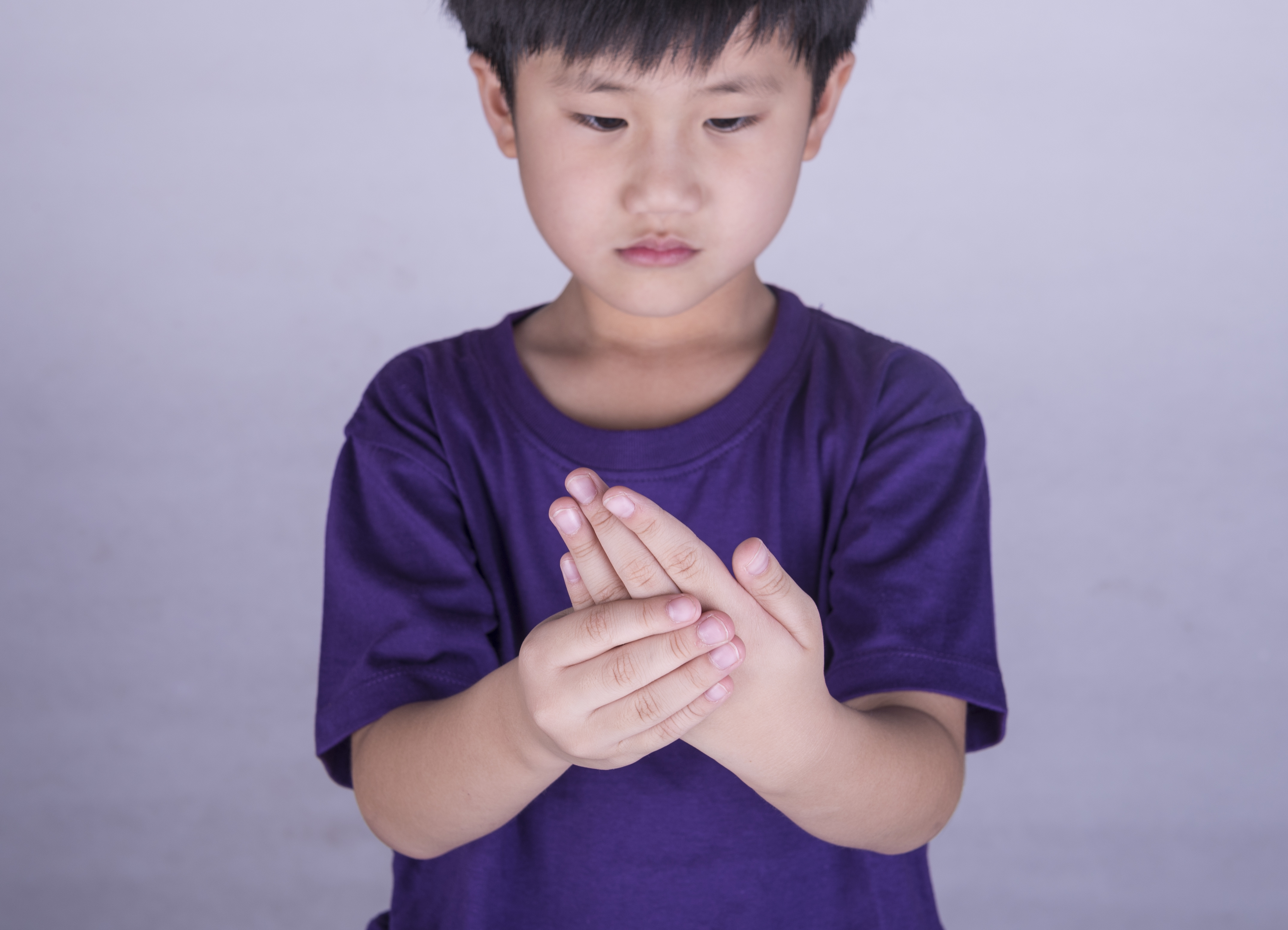By Joan G. Calkins, MD
Juvenile arthritis (JA) describes many autoimmune and inflammatory conditions but can also describe pediatric rheumatic diseases that affect nearly 300,000 children in the U.S. under the age of 16. JA targets the musculoskeletal system and muscles.
Most types of JA share symptoms including pain, joint swelling, redness, and warmth. Some types affect the musculoskeletal system, where joint symptoms are minor or nonexistent. However, JA can affect other systems resulting in joint symptoms. It can affect the eyes, skin, muscles, brain, heart, lungs, and gastrointestinal tract.
Different types of JA include:
Juvenile idiopathic arthritis (JIA): This is the most common form of juvenile arthritis, and includes six subtypes — oligoarthritis, polyarthritis, systemic, enthesitis-related, juvenile psoriatic arthritis, or undifferentiated.
Juvenile dermatomyositis: An inflammatory disease, juvenile dermatomyositis causes muscle weakness and a skin rash on the eyelids and knuckles.
Juvenile lupus: An autoimmune disease, the most common form is systemic lupus erythematosus (SLE), which can affect the joints, skin, kidneys, blood, and other areas of the body.
Juvenile scleroderma: Scleroderma literally means “hard skin,” describing a group of conditions that causes the skin to tighten and harden.
Kawasaki disease: This disease causes blood-vessel inflammation that can lead to heart complications. Symptoms include a high fever or rash.
Mixed connective tissue disease: This may include features of arthritis, lupus dermatomyositis, and scleroderma. It is associated with very high levels of a particular antinuclear antibody called anti-RNP.
Fibromyalgia: This chronic pain syndrome is arthritis-related, and can cause stiffness and aching, along with fatigue, disrupted sleep, and other symptoms. Fibromyalgia is more common in girls and is rarely diagnosed before puberty.
Treating juvenile arthritis requires an accurate diagnosis by a physician that specializes in JA. This means undergoing a comprehensive physical exam and possibly some testing. While there is no cure for juvenile arthritis, early diagnosis and aggressive treatment aids in remission, and treating inflammation and controlling pain helps improve a child’s quality of life. This involves a combination of medication, physical activity, eye care, and healthy eating. Self-care is important in helping children with the emotional and social effects of JA.
Learn more about juvenile arthritis, at The Arthritis Foundation at www.arthritis.org.
Dr. Calkins is a board-certified pediatrician and pediatric rheumatologist at Village Pediatrics & Rheumatology with 30 years of experience in pediatric rheumatology. Village Pediatrics provides sick and well care to all children, offering same-day appointments, Saturday hours, and specialized therapies. Learn more at www.villagepediatricsrheumatology.com or call 716-646-5188.











